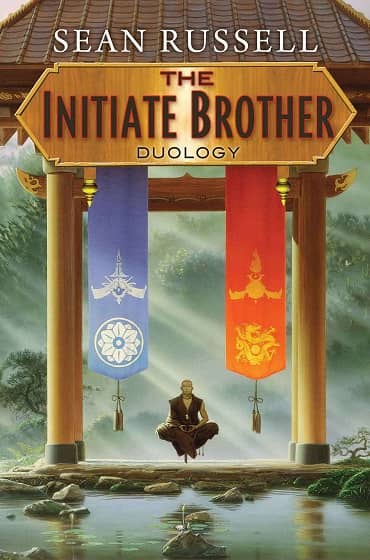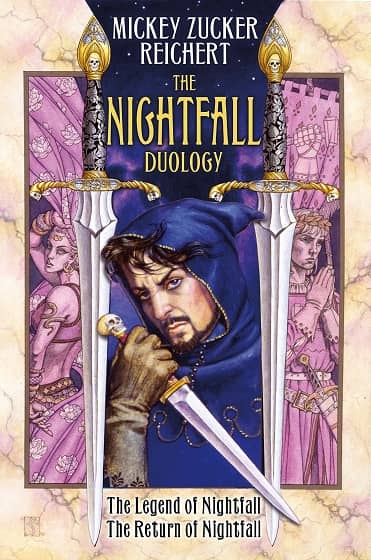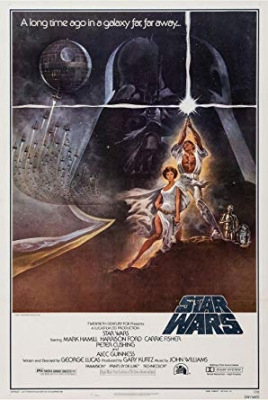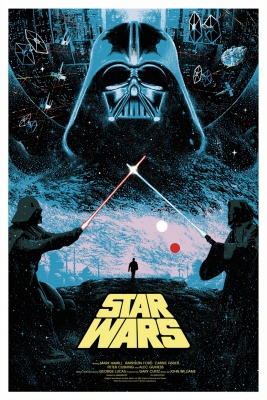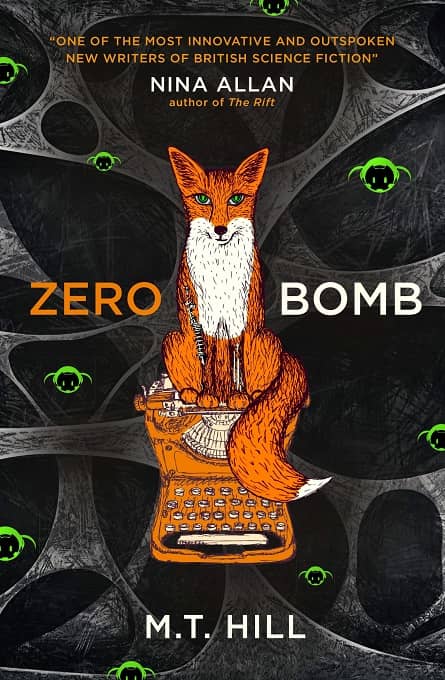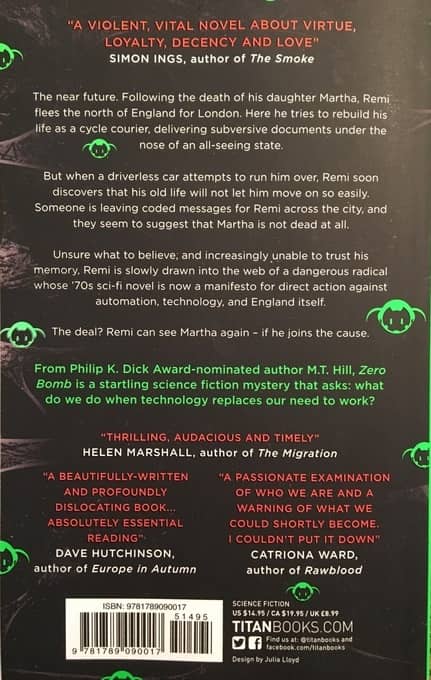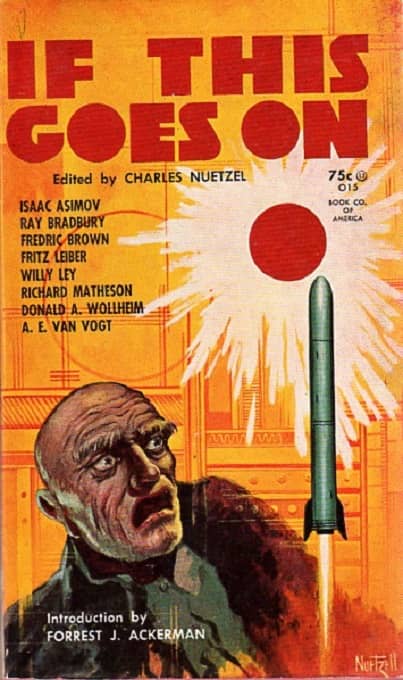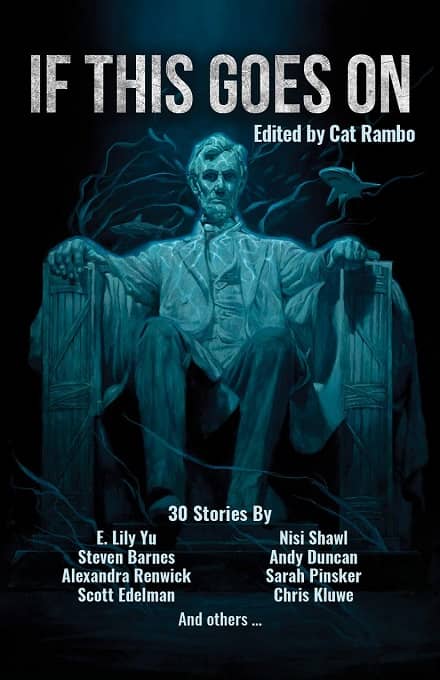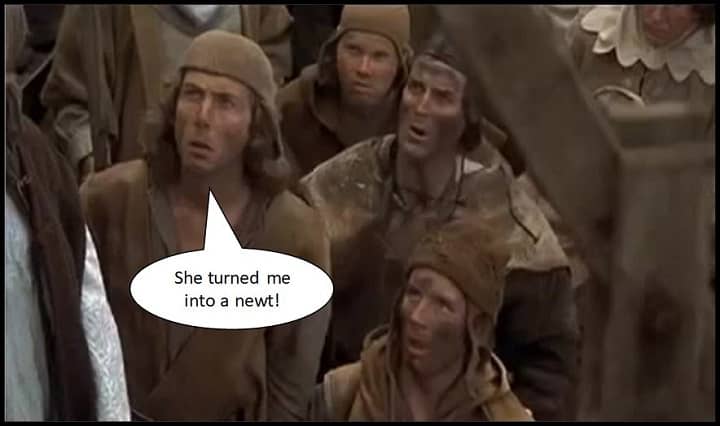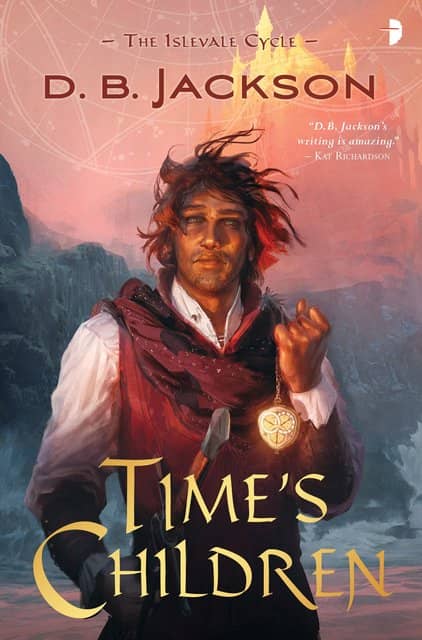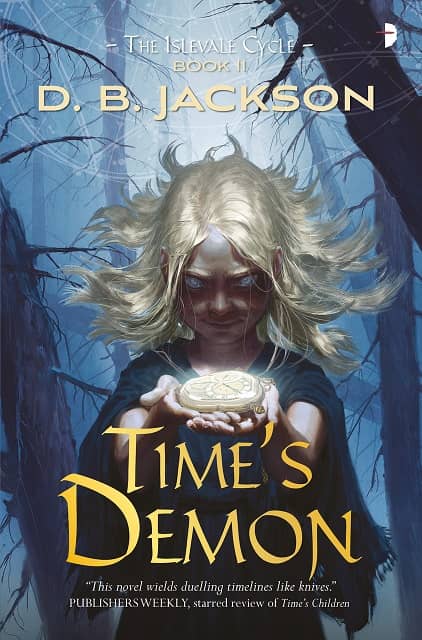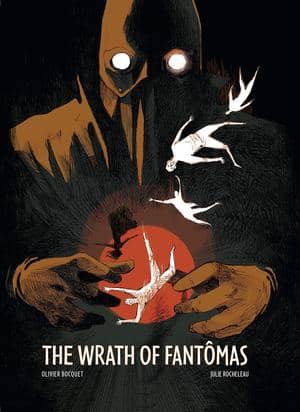Hither Came Conan: The Khoraja Saga
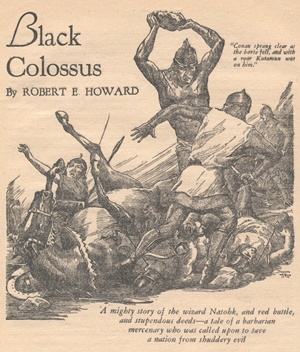 Deuce Richardson will be looking into “Black Colossus” for Hither Came Conan. I wrote an essay last year for my friend James Schmidt’s Mighty Thor JR’s blog, looking at the expanded saga of the gem from that story. Surprisingly, it made the Preliminary List for the Robert E. Howard Foundation Awards! I’ve since read more Conan pastiches involving Khorajan affairs, and I expanded the original essay. So, here’s the updated version. My thanks to James for letting me appear over at his blog.
Deuce Richardson will be looking into “Black Colossus” for Hither Came Conan. I wrote an essay last year for my friend James Schmidt’s Mighty Thor JR’s blog, looking at the expanded saga of the gem from that story. Surprisingly, it made the Preliminary List for the Robert E. Howard Foundation Awards! I’ve since read more Conan pastiches involving Khorajan affairs, and I expanded the original essay. So, here’s the updated version. My thanks to James for letting me appear over at his blog.
Robert E. Howard was a master worldbuilder, as Jeffery Shanks wrote about over at Black Gate for the Discovering Robert E. Howard series. The history of Hyboria is sprinkled throughout his Conan tales, creating a vast backdrop, in both time and place. Conan’s own Cimmeria, Set-worshipping Stygia, the jungles of the Picts, mighty Aquilonia, fallen Acheron: it’s really amazing the depth and breadth that Howard created in the short story format (there was one novel, Hour of the Dragon, which drew on existing short stories – an approach used by Raymond Chandler a few years later: he called it ‘repurposing.’)
Khoraja is a small nation southeast of Koth. It isn’t one of the great countries of Hyboria, but it sat front and center for “The Black Colossus.” “Colossus” was the fourth published story to feature the Cimmerian, and one of five to find its way to print in Weird Tales in 1933. Editor Farnsworth Wright had rejected two others (“The Frost Giant’s Daughter” and “The God in the Bowl“) that would have added to that total. But before Conan enters the story in Khoraja, we get a little history from Howard.
Shevatas the thief is exploring the ruins of Kutchemes, once a great city and part of Stygia when its borders extended far beyond their present state (‘present’ in the Conan stories, that is…). Prior to Shevatas actually doing anything, we get this from Howard:
Eastward, Shevatas knew, the desert shaded into steppes stretching to the Hyrkanian kingdom of Turan, rising in barbaric splendor on the shores of the great inland sea. A week’s ride northward the desert ran into a tangle of barren hills, beyond which lay the fertile uplands of Koth, the southernmost realm of the Hyborian races. Westward the desert merged into the meadowlands of Shem, which stretched away to the ocean.
